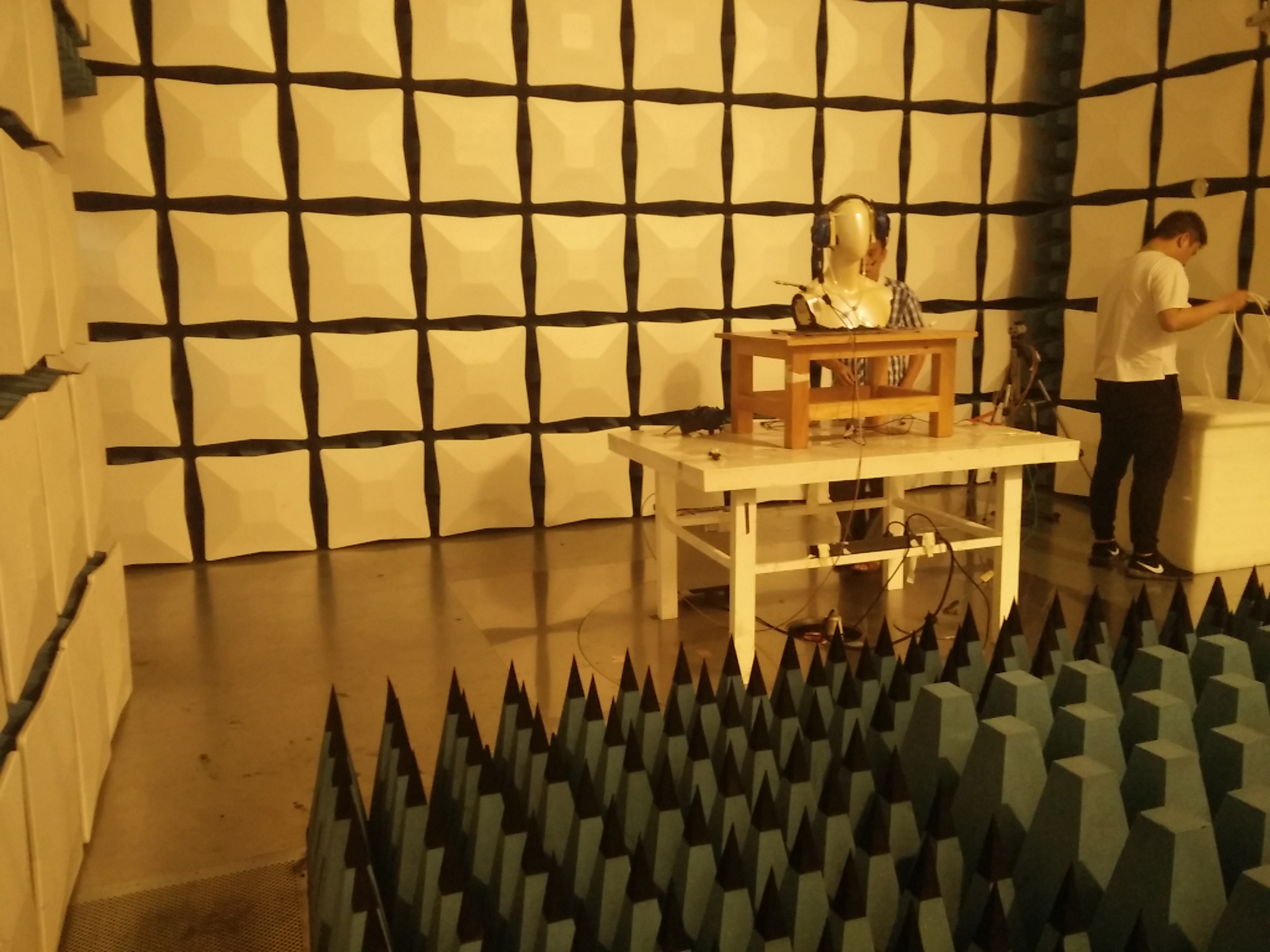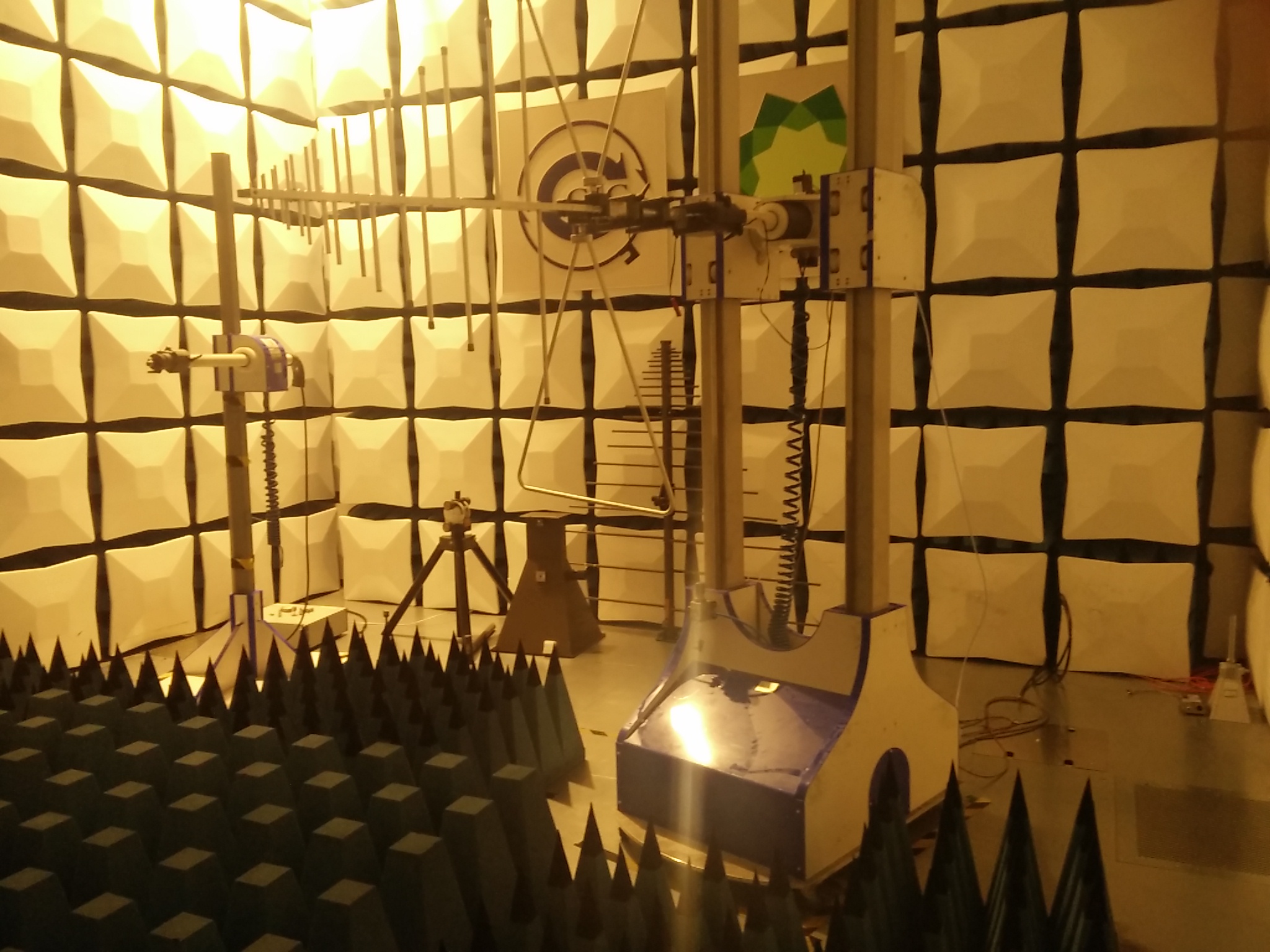Avarage usable sensitivity radiation measurement
We meet one case about avarage usable sensitivity issue.Our unit(walkie talkie PMR446MHz) conduct
measure sensitivity is -121dBm@12dB,and outdoor field test range is 3.2Km in all directions(8 directions,45 degree/direction),but when we sent to lab for test,the result(radiation measurement) fail.we have ever suspected our unit cause the problem,but outdoor test range is good(23dBm TX power&-121dBm sensitivity).
Anyone can guide me what is going on the test result and how to measure so weak signal with radiation measurement correctly?Attach my unit antenna measure data and standard about avarage usable sensitivit radiation measurement----clause 8
Thank you
You don't say what is failing, but most probably radiated emissions is the culprit. These are what is radiated (unwanted) from the radio with the antenna port terminated with an appropriate load.
I suggest that you get the failed radio, put a proper load on the antenna port, then break out your spectrum analyzer with a sniffer and find where the radiated problems are coming from.
Before I fixed the batteries on my handhelds, I found that they were a major offending part of the problem.
Thank SLK001`s reply.The requirement is less than 26.5uv/m,but my unit measure data is 39.5uv/m.it is out of specification.
Now i am not sure what is the problem come from.Lab measurement problem?or my unit problem?(but out door field test is better than Competing products)
I also tried this way,i found some harmonics of crystal,but they are is outband.(my product is 12.5Khz channel band).
Here is the test data from lab.Now i do not know why to prove whether the measurement in lab is correct.because the test result is negtive direction with the result of outdoor field test.

According to the test lab, your radio is way off spec. Also, your range testing also seems to confirm that. Conducted, your receiver sensitivity is excellent - however, radiated sensitivity is a different story. Quite possibly, you have a strong wideband emitted signal that is raising the noise floor of your receiver. I would lay odds that this signal is coming from your CPU/DSP chips. Another possibility is your antenna is not the correct one for your band, but even a bad antenna should perform better that this.
I would look at improving the shielding of your digital section to see if that helps.
Maybe i did not express clearly about the range test ,our unit maximun power is 200mW/sensitivity=-t121dBm,the test range
is almost the same as Motorola unit(0.5W,sensitivity=-121),for the safety requirement,except connector and antenna,all
of the circuit is in shieldcan,so few possibility that internal circuit emission to antenna for coupling,even crystal hormonic.A
question is if wideband emitted signal that increase noise floor will affect the test range?
The thread sounds confused. You are apparently reporting a violation of harmonic or spurious emission requirements ("radiation measurement"). It's neither related to receiver sensitivity nor transmitter output power, at least not directly.
You did however not tell at which frequency the limit values have been exceeded. Neither information about the measurement conditions.
Not true. What is failing is AVERAGE USABLE SENSITIVITY from ETSI 300, Section 8.1. The spec for frequencies 300-440MHz is 24.5dBμV/m. They are failing this with average readings of 42dBμV/m.
@Rickf3 Do this test in your lab:
1) Set a radio up to receive at your frequency.
2) Set a signal generator with an antenna to transmit a 1k tone at that freq and adjust the output power to give a SINAD at the radio of approx 15dB (this is just arbitrary).
3) Take ANOTHER radio at the same frequency (turn the volume to minimum) and move it around the test radio.
If the second radio degrades the sensitivity of the first, you know that you have a problem with radiated emissions.
Sorry, I overlooked the reference to clause 8 in post #1. You are right of course.
Thank SLK001 for your suggestion.It is really good way to judge what the root cause come from.And how to discrease the
effection when the second radio unit is close to antenna of the first unit?
Another thing that i am not sure the definition about 20dB sinad in the standard.Hp8920 can select two types filter---one is CCITT filter and another is normal filter(500 HPF and 15KHz LPF),If select CCITT filter,sensitivity level of 20dB sinad is close to that of 12dB sinad of 500HPF and 15KHz LPF filter .Normally,we measure sensitivity is RF level@12dB.Next Monday i will
go to the lab test with them,any suggestion about this definition?please refer to image.

It's been a long time since I did any ETSI testing, but I believe that the CCITT filter is the correct one to use for this test. Anyway, the methodology of the testing is not your problem. The testing lab confirms that your radiation sensitivity is very poor. You need to focus most of your efforts into finding why you are having this problem. Perhaps the test I suggested will give you some insight. Once you have located the reason for the failure, mitigation of the problem can begin.
P.S. My suggested test should be done in YOUR lab, not the testing facility. Also, did you only have one unit tested, or were there more?
To be honest,all the units has the same phenomenon and all the old serial projects with Analog modulation have this problem if we need obey this new standard(radiation test),to me,it is really a disaster.Our unit is head band unit(no hand-helded),so need test with head kit,so more complex than hand helded.But all the projects field test outdoor is very good(I wondered that all the projects... ).To us,lack of this measurement experiment,To lab,they are lack of experiments to test our product,more time they tested hand-helded units before.We want to find some sources to test this case by point to point(no reflection in chamber),but few lab test this type product.
Tomorrow we will go to lab and try your suggestion in my lab.And i have a presumptuous request,I will send you my skype by private message,do you mind to add me?so i can send you more detail information and lab setup.
Thank you.
Sorry, I have no skype capability.
Please put the detailed info and the lab setup here, so others may contribute.
What are you using for a human head analog? Did your testing lab use one?
OK.
We made one head kit,and provided it to lab for test to simulate the situation of our product normal operation.So antenna performance tuning is also based on human head or head kit.Next Monday i will test this kit by OTA to confirm this head kit
does not affect the test result.
If I calculated right, the field strength in your field test is considerably higher than the ETSI usable sensitivity limit value and also higher than the sensitivity determined by the lab. It's necessary to design a simplified test setup that actually stresses the "usable sensitivity".
You are right.Now my problem is how to repeat the lab test and how to prove the measurement in lab is correct.If i test in my lab,i need consider the reflection and calibrate the test platform ,it is not easy to do that without 3m chamber.Have you any suggustion?
If there are no in-band interferers in your neighborhood, the measurements can be made in a large room or a garden.
Higher as in poorer sensitivity, or higher as in better sensitivity? And what parameters did you use for your FS calculations? My calculations show only a ~-82dB of path loss at 3200 meters with two 7dBi gain antennas. Given a 23dBm transmitter output, that means that the receiver is cutting out at ~-60dBm signal level. It shouldn't be cutting out until well beyond -100 dBm signal level. Note that the conditions are theoretical and do NOT reflect conditions on the ground (or, YMMV), but this is a HUGE difference.
Obviously higher field strength in sensitivity test means less sensitivity. As in your calculation, the field strength achieved in the 3.2 km outdoor field test is 35 to 40 dB higher than the required ETSI sensitivity limit. Ground reflections are a negligible effect in this relation.
Hi SLK001,
I double checked the unit,radiation test in our lab to check the whole band,nothing Disturbance signal can be found.I tested in shieding room,set the unit in RX mode,tested by antenna couple.I found only noise floor exist.I also followed your suggestion to place another unit close to DUT,not obviously found sinad descrease.




Also I have a question,whether this chamber is fit for measuring so weak signal(sensitivity)?
